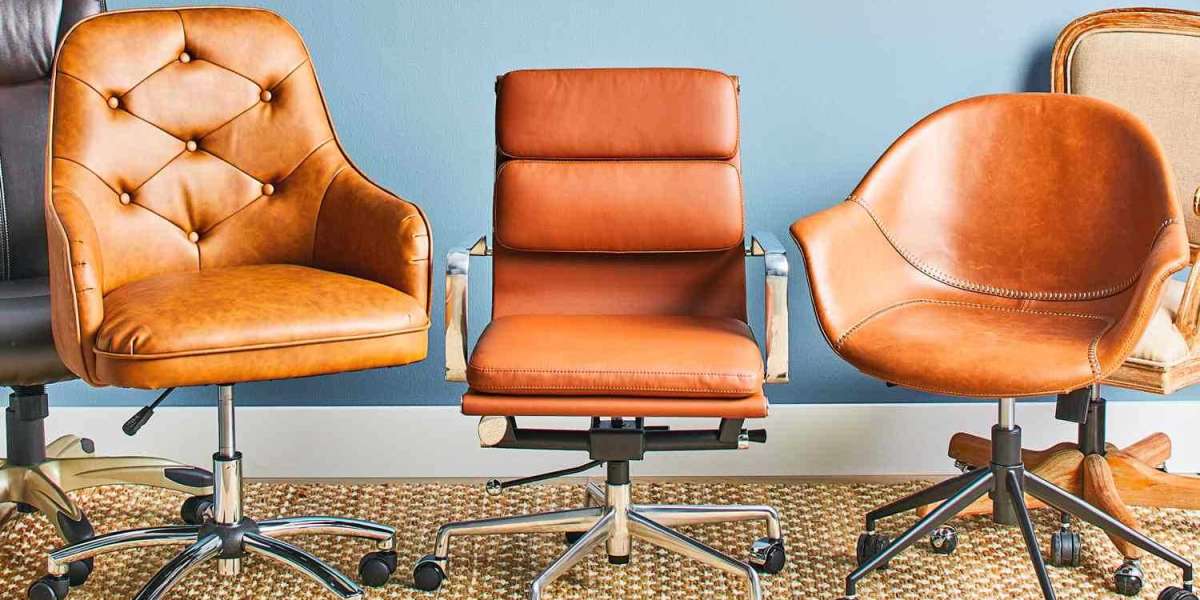Effective collaboration is vital for fostering creativity, communication, and teamwork in any organization. The physical workspace plays a significant role in shaping how teams interact and collaborate, and the right furniture solutions can greatly enhance this experience. Here are some furniture solutions designed specifically to promote team collaboration and improve overall workplace dynamics:
1. Collaborative Workstations
Creating designated areas for collaboration encourages team members to work together effectively. Collaborative workstations are designed to facilitate group activities and discussions.
- Modular Desks: These desks can be arranged in various configurations to accommodate different team sizes. They can be combined for group projects or separated for individual tasks, allowing flexibility in workspace design.
- Shared Tables: Large, communal tables foster an open environment where team members can gather for brainstorming sessions, meetings, or casual conversations. Look for tables that have power outlets and charging stations to support technology use.
2. Flexible Seating Arrangements
The type of seating in a collaborative space can significantly impact how team members engage with one another. Providing a variety of seating options encourages interaction and adaptability.
- Movable Chairs: Lightweight, mobile chairs can be easily rearranged to support various group sizes and configurations. This flexibility enables teams to adapt their seating arrangements based on the task or project.
- Soft Seating: Comfortable couches, lounge chairs, or bean bags create informal spaces for team discussions. These relaxed seating options encourage open communication and creativity among team members.
3. Multi-Functional Furniture
Furniture that serves multiple purposes can enhance collaboration by providing various ways for teams to interact and work together.
- Convertible Tables: Tables that can be adjusted in height or reconfigured can transform from collaborative work surfaces to presentation areas. This adaptability allows teams to switch between different work styles seamlessly.
- Storage Solutions: Furniture with built-in storage, such as benches with compartments or tables with drawers, helps keep collaborative spaces organized while providing easy access to necessary materials.
4. Technology-Integrated Furniture
In today’s digital workplace, technology plays a crucial role in collaboration. Furniture that integrates technology enhances communication and connectivity among team members.
- Conference Tables with AV Equipment: Conference tables equipped with built-in audio-visual technology, such as screens, microphones, and speakers, facilitate smooth presentations and remote meetings, making it easier for teams to collaborate with clients or colleagues from different locations.
- Charging Stations: Desks and tables with integrated charging stations for devices ensure that team members can stay connected without worrying about battery life during collaborative sessions.
5. Breakout Spaces
Designating areas specifically for casual conversations and brainstorming sessions can encourage collaboration outside of formal meetings. Breakout spaces offer a more relaxed atmosphere for teams to engage.
- Collaboration Pods: These enclosed or semi-enclosed spaces provide privacy while allowing teams to gather for discussions without distractions. Equipped with comfortable seating and writing surfaces, pods encourage brainstorming and creative thinking.
- Informal Meeting Areas: Furniture like coffee tables, small group seating, or picnic-style tables in common areas encourages spontaneous discussions and casual meetings, fostering a collaborative culture.
6. Whiteboards and Writable Surfaces
In collaborative environments, having surfaces where teams can brainstorm and visualize their ideas is essential.
- Mobile Whiteboards: These portable whiteboards can be moved around the office to support brainstorming sessions, presentations, or workshops. They allow team members to share ideas visually and collaboratively.
- Writable Walls or Glass Surfaces: Walls that can be written on or glass surfaces with markers promote creativity and free-thinking. These surfaces encourage team members to brainstorm and visualize their ideas in a collaborative space.
7. Acoustic Furniture
In open office environments, noise can be a significant barrier to collaboration. Acoustic furniture helps reduce distractions and create a conducive environment for teamwork.
- Soundproof Booths: Enclosed booths designed for calls or small meetings help minimize background noise, providing teams with a private space for focused discussions without interruptions.
- Acoustic Panels and Dividers: These elements can be integrated into furniture design to reduce sound transmission and create quieter areas within collaborative spaces.
8. Ergonomic Solutions
Comfort is key to maintaining productivity during collaboration. Ergonomic furniture supports employee well-being and enhances focus.
- Height-Adjustable Desks: Providing options for standing or sitting during group work allows team members to choose their preferred working posture, promoting comfort and energy throughout collaboration sessions.
- Supportive Chairs: Ergonomically designed chairs with adjustable features help ensure that team members are comfortable during meetings, allowing them to focus on collaboration rather than discomfort.
9. Creative Design Elements
Incorporating visually appealing and stimulating furniture can enhance the overall atmosphere of collaborative spaces, inspiring creativity and innovation.
- Thematic Furniture: Furniture that reflects the company culture or brand can create a unique identity for collaboration spaces, making them more inviting and encouraging team members to engage.
- Flexible Color and Material Choices: Choosing furniture with a variety of colors and materials can help stimulate creativity and make collaborative spaces feel dynamic and engaging.
Conclusion
Creating a collaborative workspace requires thoughtful consideration of furniture solutions that enhance teamwork and communication. By incorporating collaborative workstations, flexible seating arrangements, technology integration, and supportive furniture, organizations can foster a culture of collaboration that drives innovation and productivity. In an ever-evolving work environment, investing in the right furniture solutions can lead to a more engaged and effective workforce, ultimately contributing to the success of the organization.
reddestin.pk








